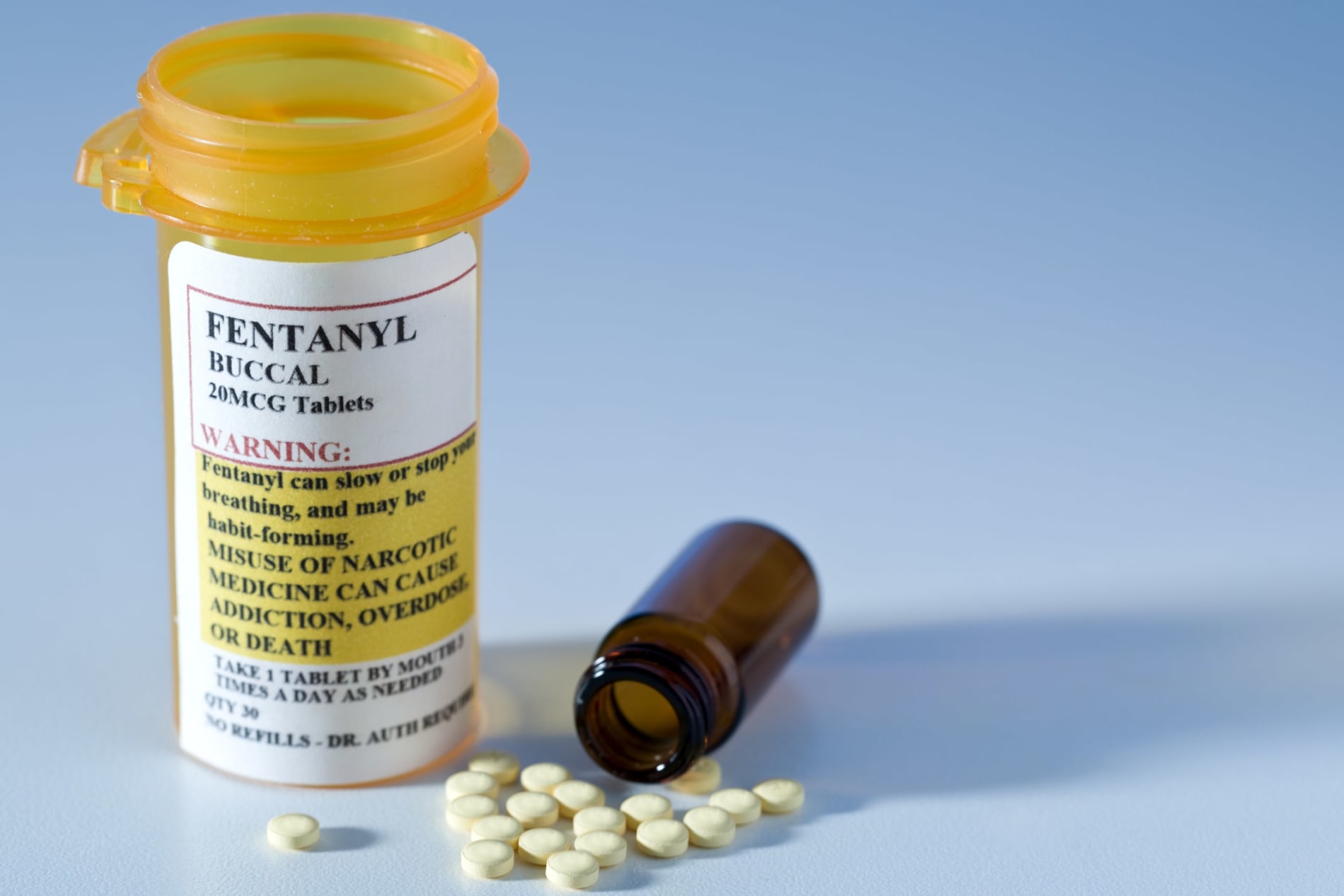Getting ahead of the fentanyl threat: We need to act now to avoid a public health disaster
As we mark International Overdose Awareness Day this year, Australia stands at a critical crossroads. The spectre of a fentanyl influx is looming large, with a potentially devastating impact on public health, including an unprecedented surge in opioid overdose deaths, as has been seen around the world.
While fentanyl is yet to markedly impact Australia, we need urgent action now. Over the past decade, fentanyl has increasingly been found in overseas illicit drug markets, often mixed with heroin. This has fuelled dramatic increases in overdose deaths in many countries.
The North American opioid crisis shows us how bad it can get. In the United States, the fentanyl category of opioids accounted for 67,325 preventable deaths in 2021 – a 26% increase on the previous year. And in Canada, deaths doubled in 2022 compared to before the COVID-19 pandemic.
Fentanyl is a highly-potent opioid prescription medication, primarily used as a patch applied to the skin to treat chronic cancer pain, or acute pain caused by major trauma or surgery. It causes more fatal overdoses because it’s up to 50 times more potent than heroin and has a faster onset of action, leaving little time for intervention.
An opportunity to address an ongoing crisis
In Australia, people are already overdosing on prescription fentanyl, though rates of deaths due to prescription fentanyl have been declining in recent years. As yet, the presence of fentanyl hasn’t been widely identified in the illicit market.
However, as authorities intercept an increasing number of shipments of illicit fentanyl bound for Australia, we can’t rely on the status quo to continue.
Taking proactive action against fentanyl will also give us the opportunity to address the existing opioid crisis in Australia. While the threat of fentanyl is highlighting the urgency, more than 1000 Australians are already dying needlessly from opioid overdoses each year.
But, importantly, the solutions that will work for fentanyl will also be effective in addressing current overdose deaths.
We currently have a large number of deaths from prescription pain medicines alongside a growing heroin problem. Prescription opioids are still responsible for more deaths; however, heroin deaths are rising rapidly. Opioids remain the most common drug class linked to unintentional overdose deaths, yet these deaths are largely preventable.
Better access to opioid dependence treatments and harm reduction
Opioid dependence is a health condition – and a treatable one. We can tackle the fentanyl threat and the high number of current opioid overdose deaths by increasing access to existing evidence-based treatments such as methadone and buprenorphine.
Opioid agonist treatment is a proven and effective pharmacotherapy treatment for opioid dependence, but it’s still not seen as mainstream standard healthcare, irrespective of the recent PBS listing.
In comparison with treatment of other common health conditions, there’s a shortage of medical practitioners across Australia who are willing or able to prescribe these pharmacotherapies.
In fact, just 6% per cent of GPs are opioid agonist prescribers. This is compounded by an addiction medical workforce that’s ageing, while new prescribers are declining.
Treatment of opiate dependence isn’t a core skill within medical training, and there’s been a long history of underinvestment in upskilling and supporting clinicians to deliver this life-saving program.
About half of all pharmacies now provide methadone and buprenorphine, but with the recent reimbursement changes, many are claiming that providing the program will no longer be viable, which may further reduce access.
Importantly, not all deaths are associated with opioid dependence, so in addition to treatment, we need to upscale harm-reduction strategies that we know work. These include the Take Home Naloxone program (supporting community access to a medication that rapidly reverses opioid overdose), and supervised injecting facilities.
We need to do much more, and now. The second medically-supervised injecting room in Melbourne is sorely needed, but its arrival has been delayed for years. If fentanyl arrives on our shores, it will be challenging to scale up these services quickly and widely enough to prevent the catastrophic number of deaths seen in the US.
We need urgent investment so everyone who requires these essential medicines and services can access them. That means we need to begin the work to upscale existing opioid treatment and harm-reduction programs, expand treatment options, build workforce capacity, and properly resource primary and tertiary care – and we need to do it now.
We need a public health and national approach to addiction
It’s time Australia adopted a public health lens when it comes to overdose prevention, substance use, and addiction.
We need to start viewing opioid dependence treatments and harm reduction services as an essential part of the universal healthcare we all rightfully expect. We need a coordinated national approach to ensure every person, no matter where they live, has equitable access to the healthcare they need.
While we remember those who have passed this International Overdose Awareness Day, we must also honour their memory by taking action to ensure others don’t die the same way.
Behind every overdose death is a person – a daughter, a brother, a mother, a friend. With the growing danger of fentanyl, we can no longer afford to be complacent.








